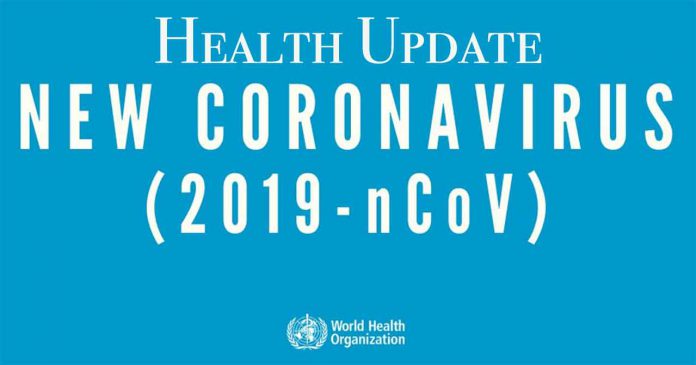Today, the World Health Organization released its annual ‘state of the world’s health’ assessment in the World Health Statistics report, 2021. The report presents the latest data on more than 50 health-related Sustainable Development Goal and “triple billion” target indicators. The 2021 edition includes preliminary estimates for global excess deaths attributable to COVID-19 for 2020 and the state of global and regional health trends from 2000-2019. It also focuses on persistent health inequalities and data gaps that have been accentuated by the pandemic, with a call to urgently invest in health information systems to ensure the world is better prepared with better data.
Key messages
- As of 31 December 2020, preliminary estimates suggest the total number of global deaths attributable to the COVID-19 pandemic in 2020 is at least 3 million, representing 1.2 million more deaths than the 1.8 million officially reported.
- Based on the excess mortality estimates for 2020, the 3.4 million deaths currently reported to WHO are likely a significant undercount, with true figures at least 2-3 times higher.
- Every country is facing challenges to report COVID-19 deaths, and WHO is working with all stakeholders to refine statistical models and obtain accurate counts. The global and regional estimates of excess mortality will be followed by country estimates later this year.
- The COVID-19 pandemic poses major threats to population health and well-being globally and hinders progress in meeting the SDGs and WHO’s “triple billion” targets. With 90% of countries reporting disruptions to essential health services and 3% of households spending more than 25% of their budget on healthcare in 2015, UHC is at greatest risk of falling behind.
- COVID-19 disproportionately impacts vulnerable populations, with those living in overcrowded settings at higher risk. Lack of data disaggregation contributes to unequal health outcomes, with only 51% of countries including disaggregated data in national statistical reports.
- Global life expectancy at birth is up from 66.8 years in 2000 to 73.3 years in 2019, with healthy life expectancy up from 58.3 to 63.7 years. Greatest gains are being made in low-income countries primarily due to rapid reductions in child mortality and communicable diseases.
- Global tobacco use is down by 33% since 2000, but adult obesity is on the rise with up to a quarter of populations in high-income countries obese in 2016. Noncommunicable diseases made up 7 of 10 causes of death worldwide in 2019.
- WHO has partnered with Microsoft and Avanade to develop a new, state-of-the-art World Health Data Hub to improve access to data, streamline data processes and provide health data as a public good.







